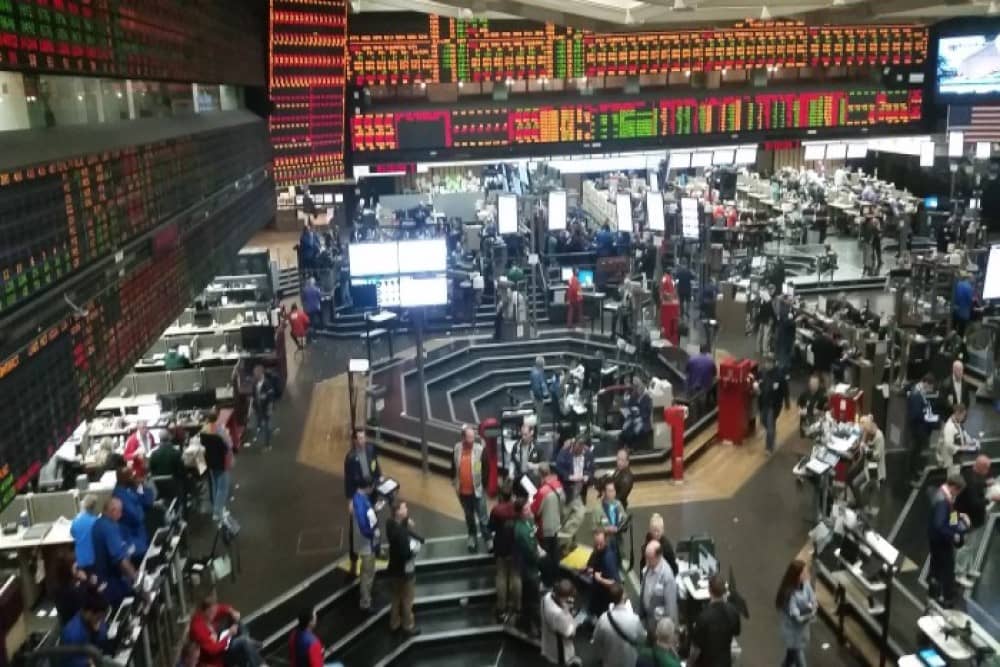
Let’s talk about bonds this week. A bond is a fixed income instrument that represents a loan made by an investor (you) to a borrower (typically corporate, municipal, or governmental). Corporate bonds are issued by companies like Johnson & Johnson, Apple, etc. Another is municipal, which are bonds issued by a states, school districts, etc. and governmental bonds are issued by the United States Treasury or other national governments. Municipal bonds are tax free at the federal level and maybe the state level depending on the bond. The entity promises to pay you a fixed rate of return for the length of the bond and then pay you back your investment (the principal) at the end of the bond term.
Investment grade bonds are generally considered a safer investment than buying the stock of a company. If the company, or government, goes bankrupt, the bondholder gets a chance to recover his or her money before the stock holder does. Also, the interest payments are guaranteed unless the company or government goes bankrupt and cannot make a payment.
There is a lot more discussion these days about bonds because they are paying a higher rate, called the yield, than they have in several years. With the Federal Reserve raising interest rates for eight meetings in a row, bond issuers have to pay more in order to entice people to buy their bonds and finance their debt. If they have bonds that were issued several years ago at a lower rate, the bond price will usually fall to the point the yield matches the current rate you could get on a new bond. It is fairly easy these days to find an investment grade bond that has a yield to maturity of 4.5% or more.
Here is an example. Suppose you purchase a new bond that is paying you 4.5%. You buy the bond for $1000, and the company promises to pay you $45 per year until the bond matures and they pay you back your $1000. On the other hand, if you want to buy a bond with a 4% rate, it might only cost you $900. However, when the bond matures, the borrower will pay you the full $1000 original price of the bond. So, you a yield of 4.44% while you hold the bond, plus the extra $100 at the end. The yield to maturity is the total return on the bond if held to maturity. It is a complicated formula, but most brokerages figure this for you so you can compare different bonds. This is a simplified example, so the actual numbers may differ if you start looking for a bond to buy.
Bonds are considered to be fixed income investments because the annual interest payment you receive is fixed. However, you can achieve capital gains by purchasing bonds selling for less than their original amount (usually $1000) and holding them until they mature and the company pays back the original $1000 to you, the bondholder.
Most online brokerages will have a list of bonds that you can “shop”. Just set your parameters like how long you want the bond to be for, what kind of bond you want (corporate or municipal or governmental), and how risky you want the bond to be. Investment grade bonds have Standard and Poor’s rating of AAA to BBB- while “junk bonds” are lower quality bonds and have a rating of BB+ to D. The junk bonds are more likely to not be able to pay you interest or to not be able to pay back your original investment when it matures.
This is just an overview of the different kinds of bonds and their characteristics. Do you own homework before investing or have your brokerage help you choose the right bond for you. I used Investopedia and Schwab as references today.
(Intentional Investing is a weekly column written by Kyle Smith from Floyd County, TX, based upon his investment knowledge and does not represent the views or opinions of the Floyd County Record)




